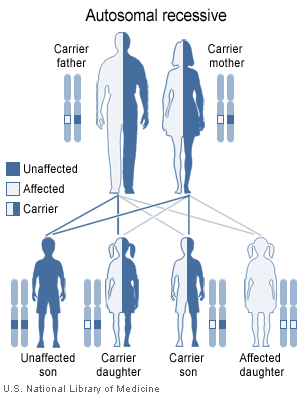Lysinuric protein intolerance
| Lysinuric protein intolerance | |
| ICD-10 | E72.3 |
|---|---|
| OMIM | 222700 |
| DiseasesDB | 29819 |
Lysinuric protein intolerance (LPI), also named hyperdibasic aminoaciduria type 2 or familial protein intolerance, is an autosomal recessive disorder of diamino acid transport. About 100 patients have been reported, almost half of them of Finnish origin.
Etiology

In LPI, urinary excretion of cationic amino acids (ornithine, arginine and lysine) is increased and these amino acids are poorly absorbed from the intestine. Therefore, their plasma concentrations are low and their body pools become depleted. Deficiency of arginine and ornithine restricts the function of the urea cycle and leads to hyperammonemia after protein-rich meals. Deficiency of lysine may play a major role in the skeletal and immunological abnormalities observed in LPI patients.
Diagnostics
The diagnosis is based on the biochemical findings (increased concentrations of lysine, arginine and ornithine in urine and low concentrations of these amino acids in plasma, elevation of urinary orotic acid excretion after protein-rich meals, and inappropriately high concentrations of serum ferritin and lactate dehydrogenase isoenzymes) and the screening of known mutations of the causative gene from a DNA sample.
Symptoms
Infants with LPI are usually symptom-free when breastfed because of the low protein concentration in human milk, but develop vomiting and diarrhea after weaning. The patients show failure to thrive, poor appetite, growth retardation, enlarged liver and spleen, prominent osteoporosis, delayed bone age and spontaneous protein aversion. Forced feeding of protein may lead to convulsions and coma. Mental development is normal if prolonged episode of hyperammonemia can be avoided. Some patients develop severe pulmonary and renal complications. High levels of plasma glutamine and glycine are observed.
Treatment and prognosis
Treatment of LPI consists of protein-restricted diet and supplementation with oral citrulline. Citrulline is a neutral amino acid that improves the function of the urea cycle and allows sufficient protein intake without hyperammonemia. Under proper dietary control and supplementation, the majority of the LPI patients are able to have a nearly normal life.
References
Simell, O et al: Lysinuric protein intolerance. Am J Med. 1975 Aug;59(2):229-40, PMID 1155480.